Business
All Business Content
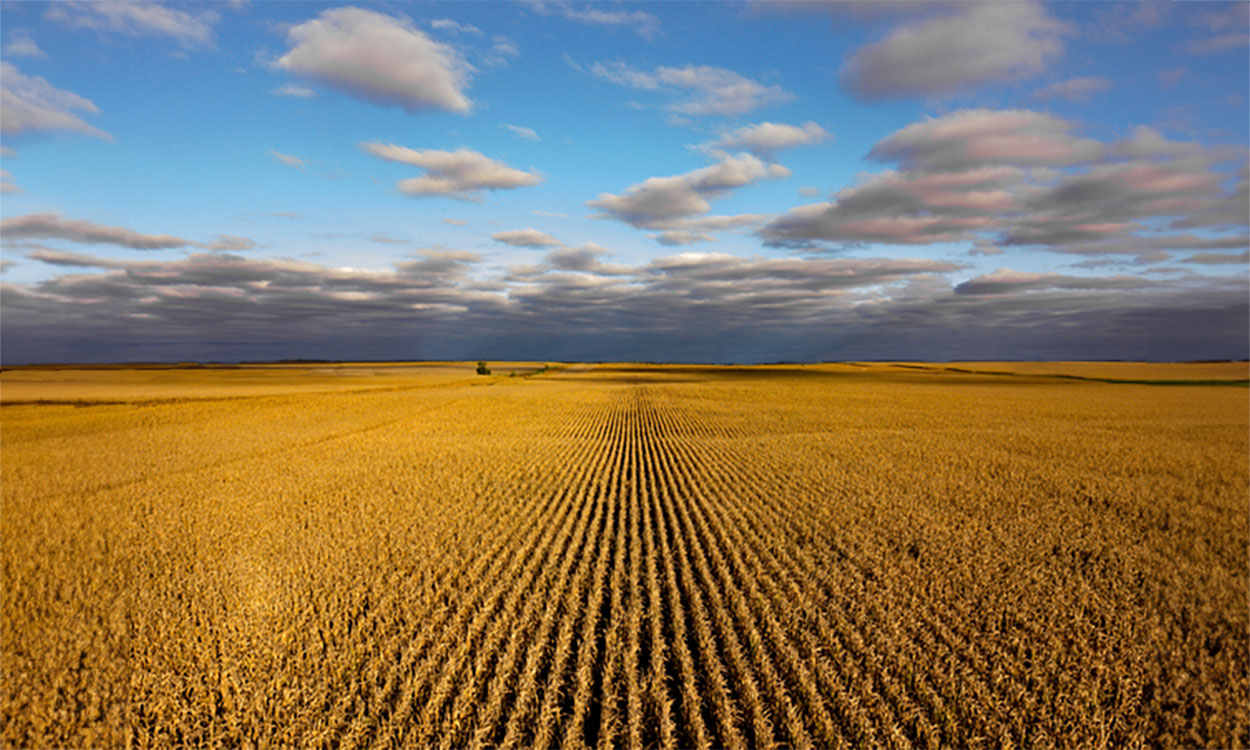
Large Farms Continue to Dominate South Dakota Crop Production
Based on the 2022 U.S. Census of Agriculture, large-scale farms operate more than two-thirds of the total cropland acres in South Dakota. Learn some expert insights about the trends driving this development.

How To Get Fired by Your Constituents
For both business and community leaders, one thing is true – without customers, you don't have a job. Examine some common reasons for losing loyalty among community constituents.

SDSU Extension programs address economic questions
March 07, 2024
More than 1,000 people have attended Sustaining the Legacy since it started in 2006. The estate planning conference series helps farmers and ranchers successfully transfer their operations to the next generation. The conferences are held several times a year across South Dakota, typically for one day per week for three weeks.

Register now for 2024 SDSU Extension Energize conference
February 13, 2024
Registration is open for the sixth annual South Dakota State University Extension Community Vitality Energize Conference on May 22 and 23, 2024, in Hot Springs.
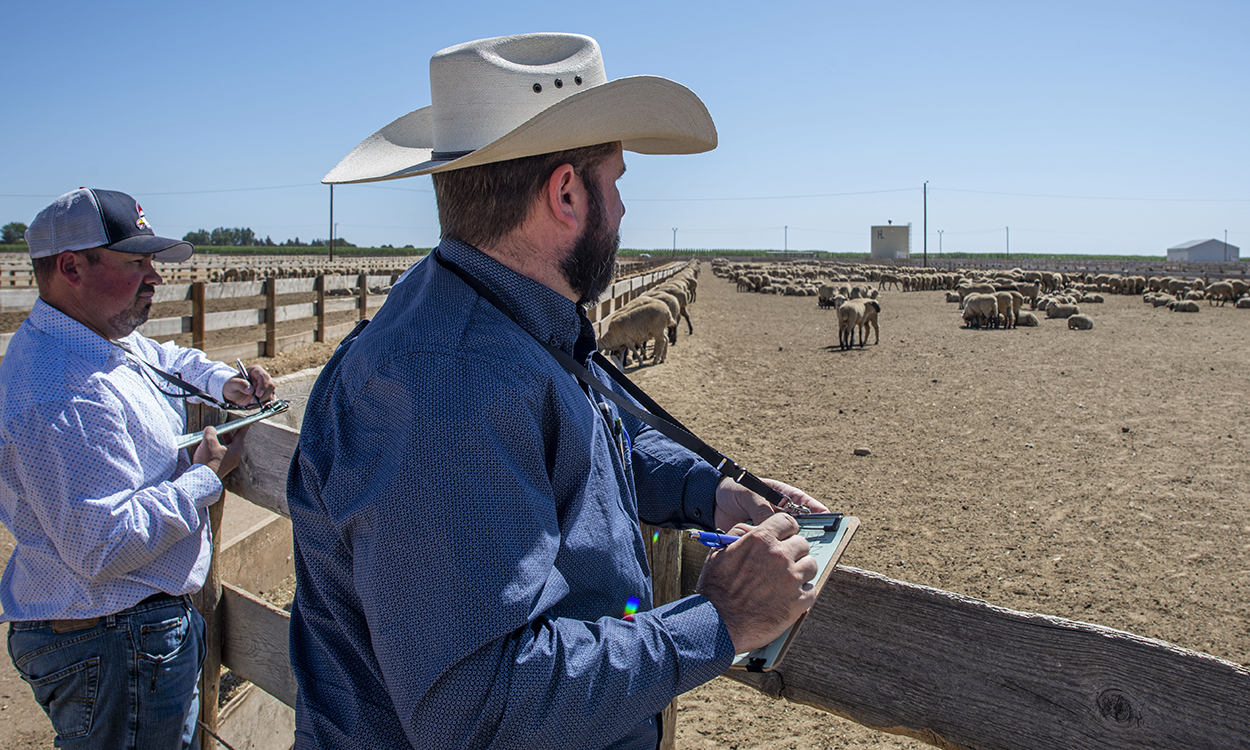
Direct Marketing Lamb: Estimating Finish Weights
Determining when lambs should be harvested is critical for optimal quality and consumer satisfaction.
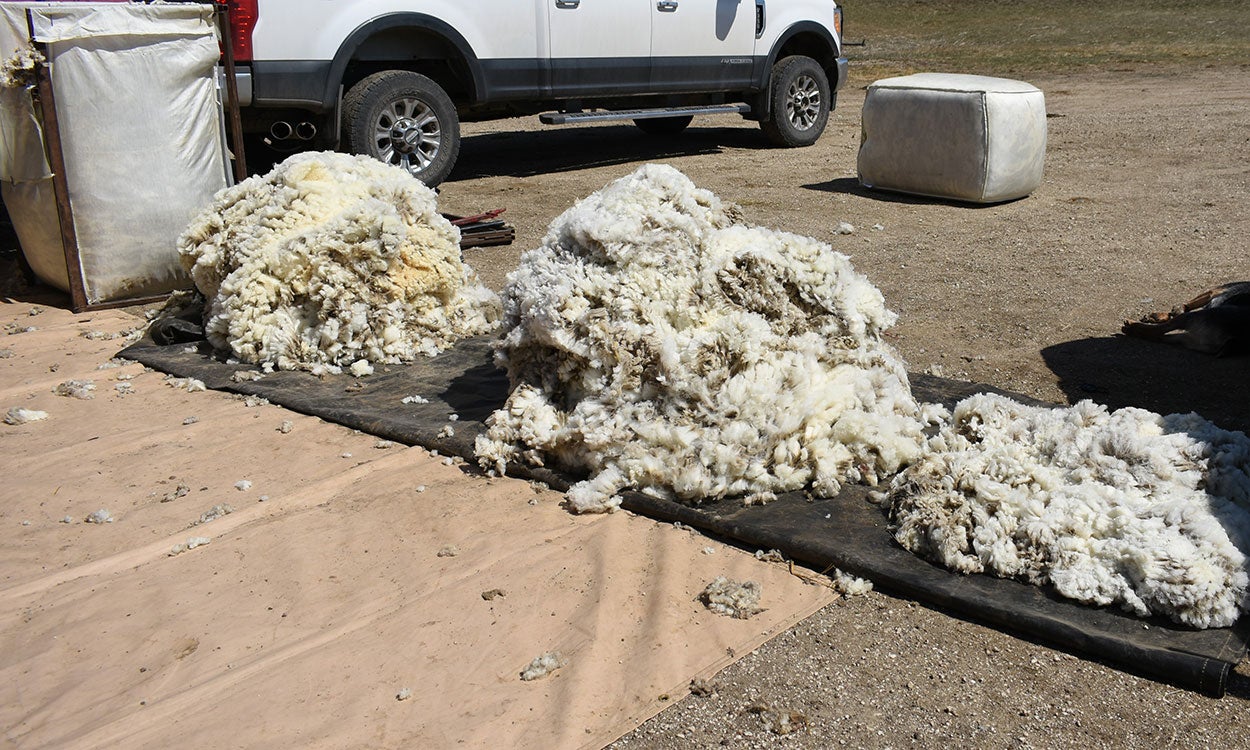
Considerations for Increasing Wool Value
The wool market continually rewards those who emphasize high-quality production. Efforts to increase wool clip value can be made through regular management practices and proper wool clip preparation at shearing.
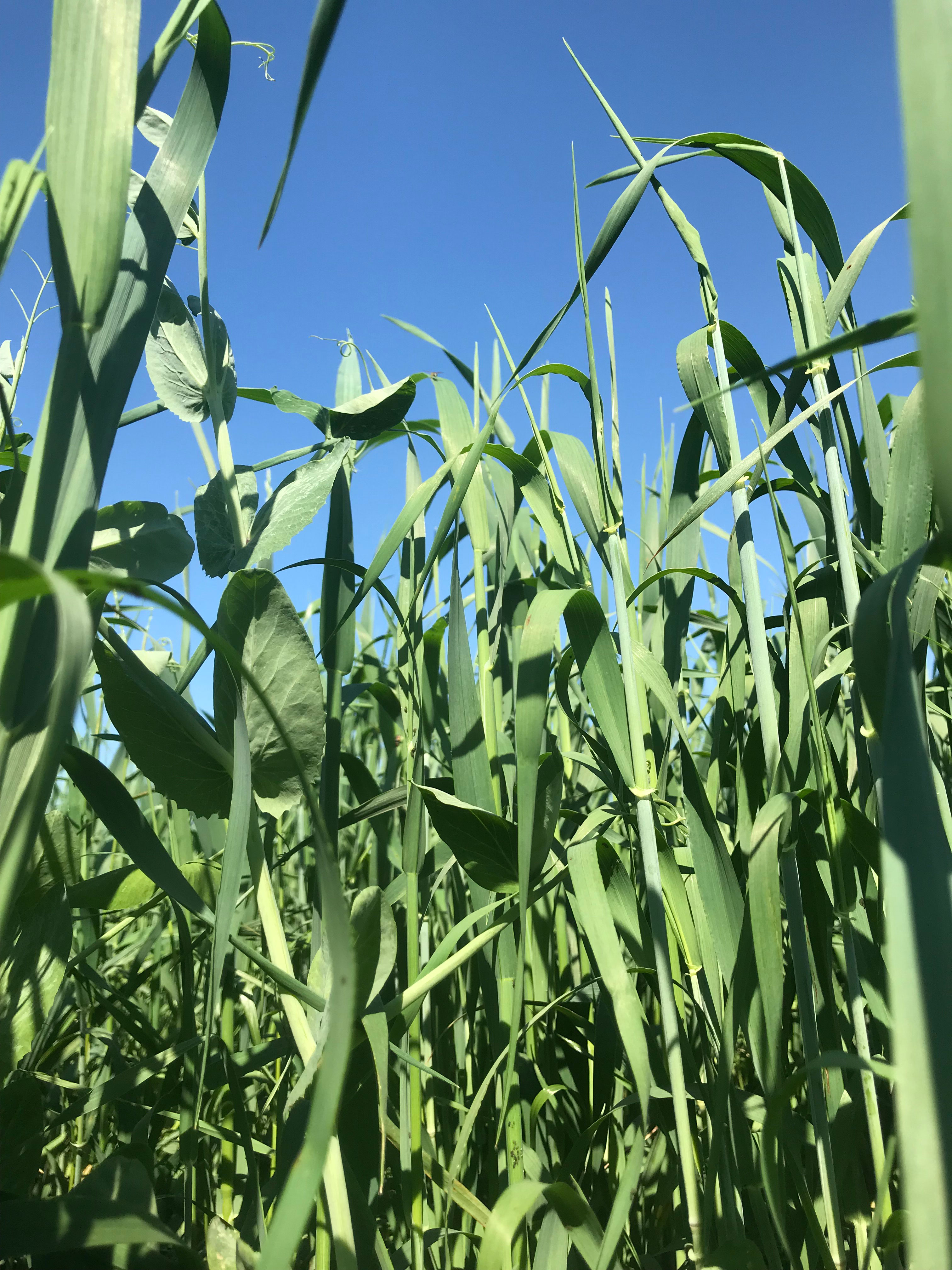
Buying or Selling Oats for a Cover Crop? Be Sure to Follow the Rules
As a challenging 2019 row crop planting season wraps up in South Dakota, many producers are looking to plant cover crops on unplanted acres. One popular cool-season grass cover crop is oats. Most oats in South Dakota are grown as certified varieties, and it is important to be aware of the legal ramifications behind purchasing oat seed for use as a cover crop.
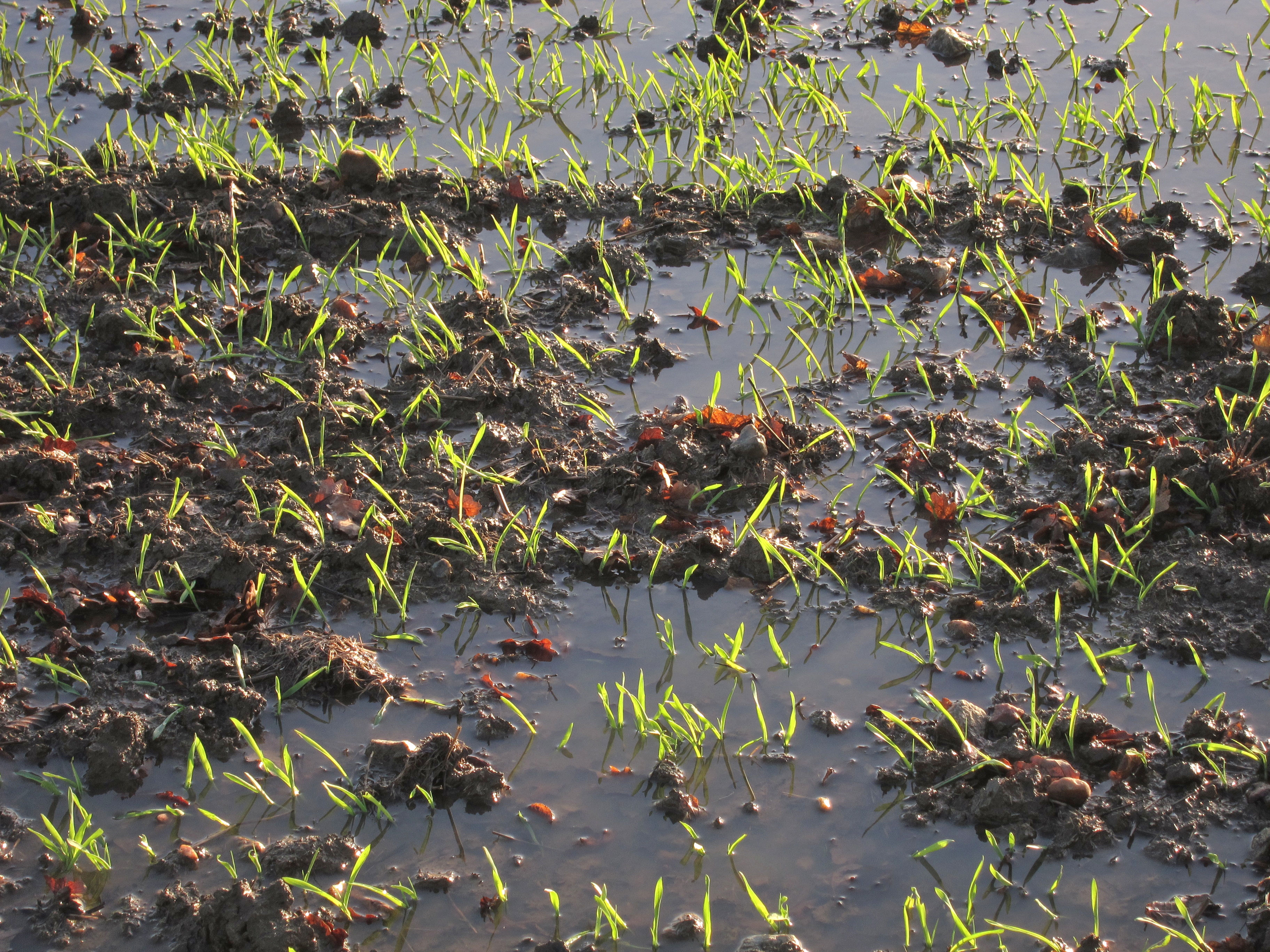
Wet Feet in Wheat
Given the widespread wet conditions present this spring, there are many areas in winter wheat fields with both ponding and saturated (or waterlogged) soils. Producers may want to consider soil conditions and evaluate extended weather forecasts when deciding whether or not to retain a winter wheat this spring.
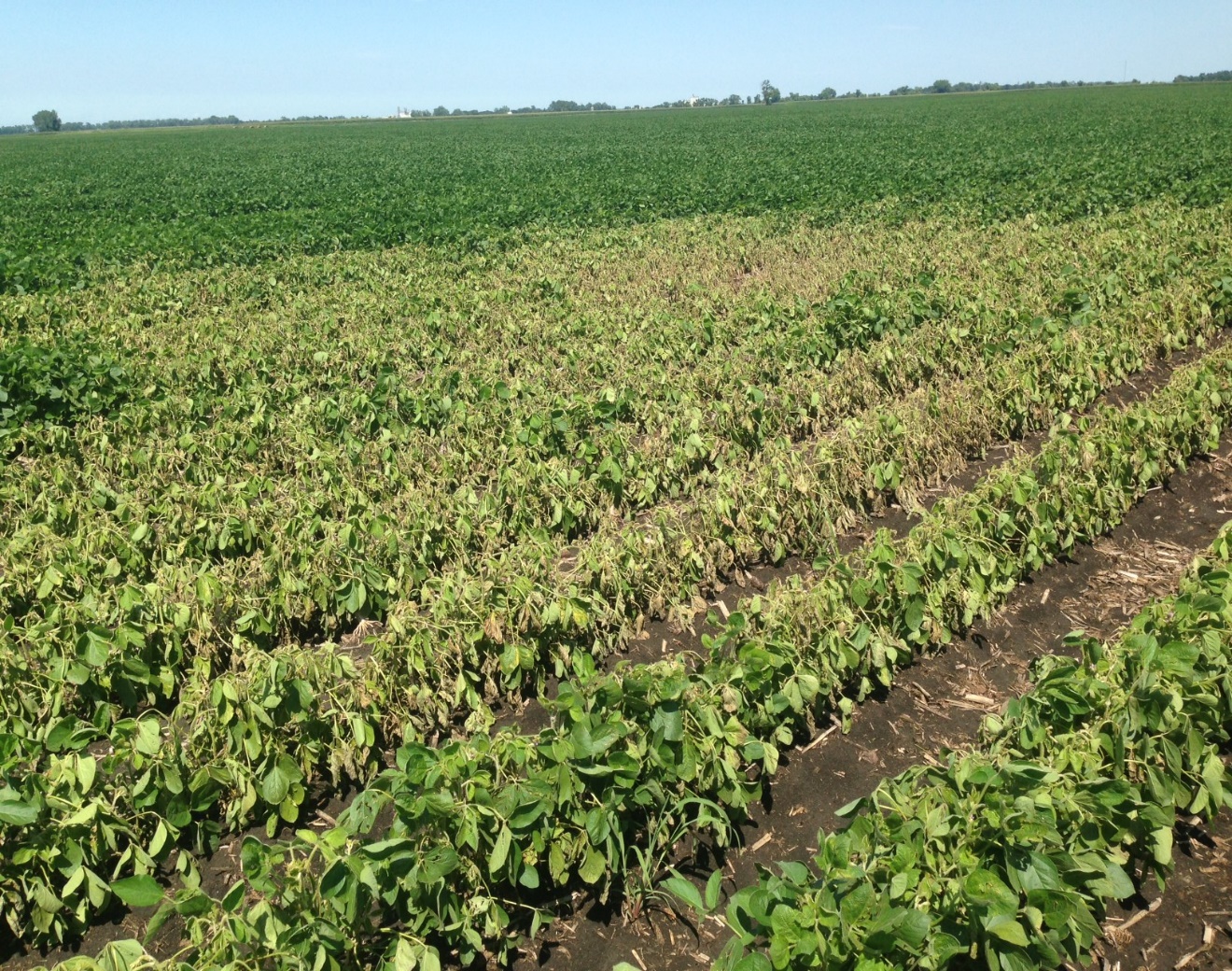
Replanting Considerations
Every season weather events such as hail or flooding can damage or destroy previously planted crops in all or in portions of fields. In May or even early June, many producers will replant these areas. As the end of June approaches, the window for replanting narrows and producers may want to do a more careful evaluation of whether or not to replant.
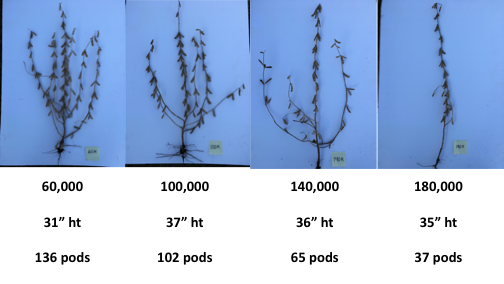
Soybean Planting Population: A Review
There have been reports in recent years that agronomists in states such as Iowa, Nebraska and Wisconsin have observed success when reducing soybean planting populations.